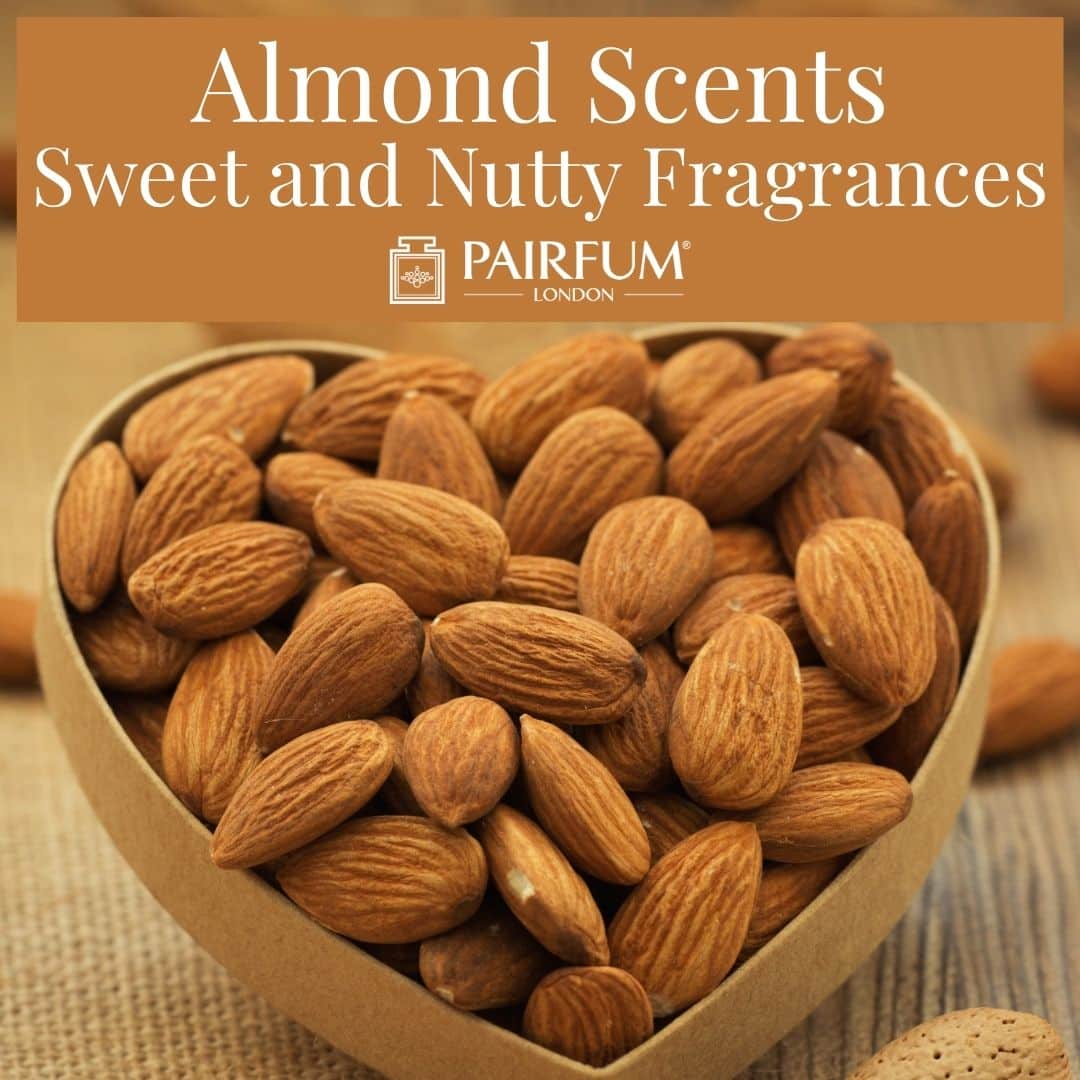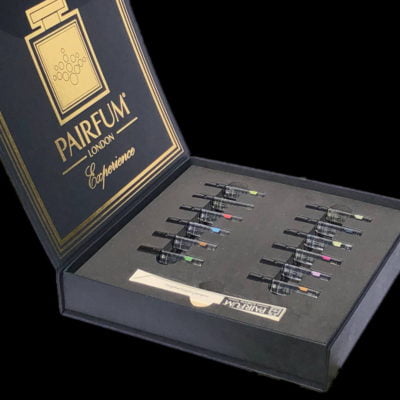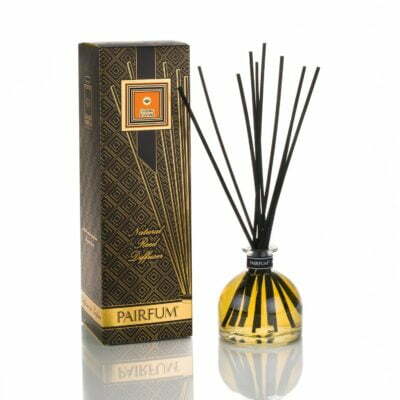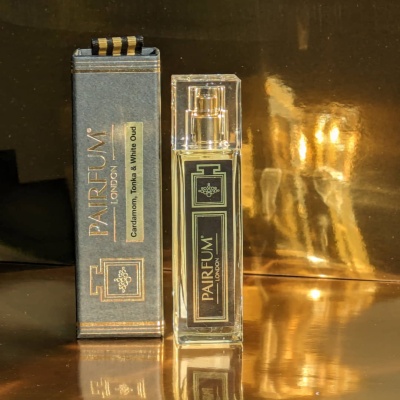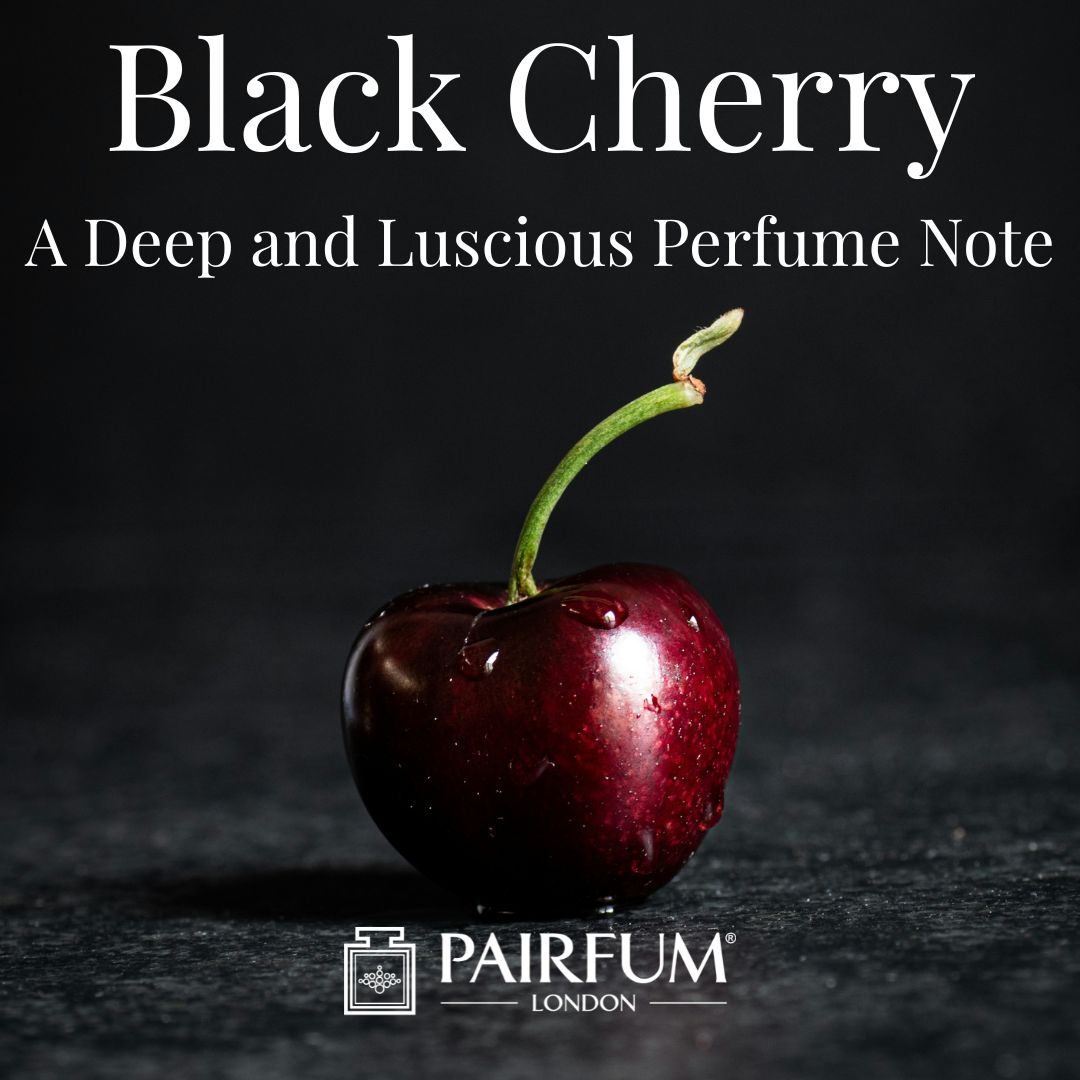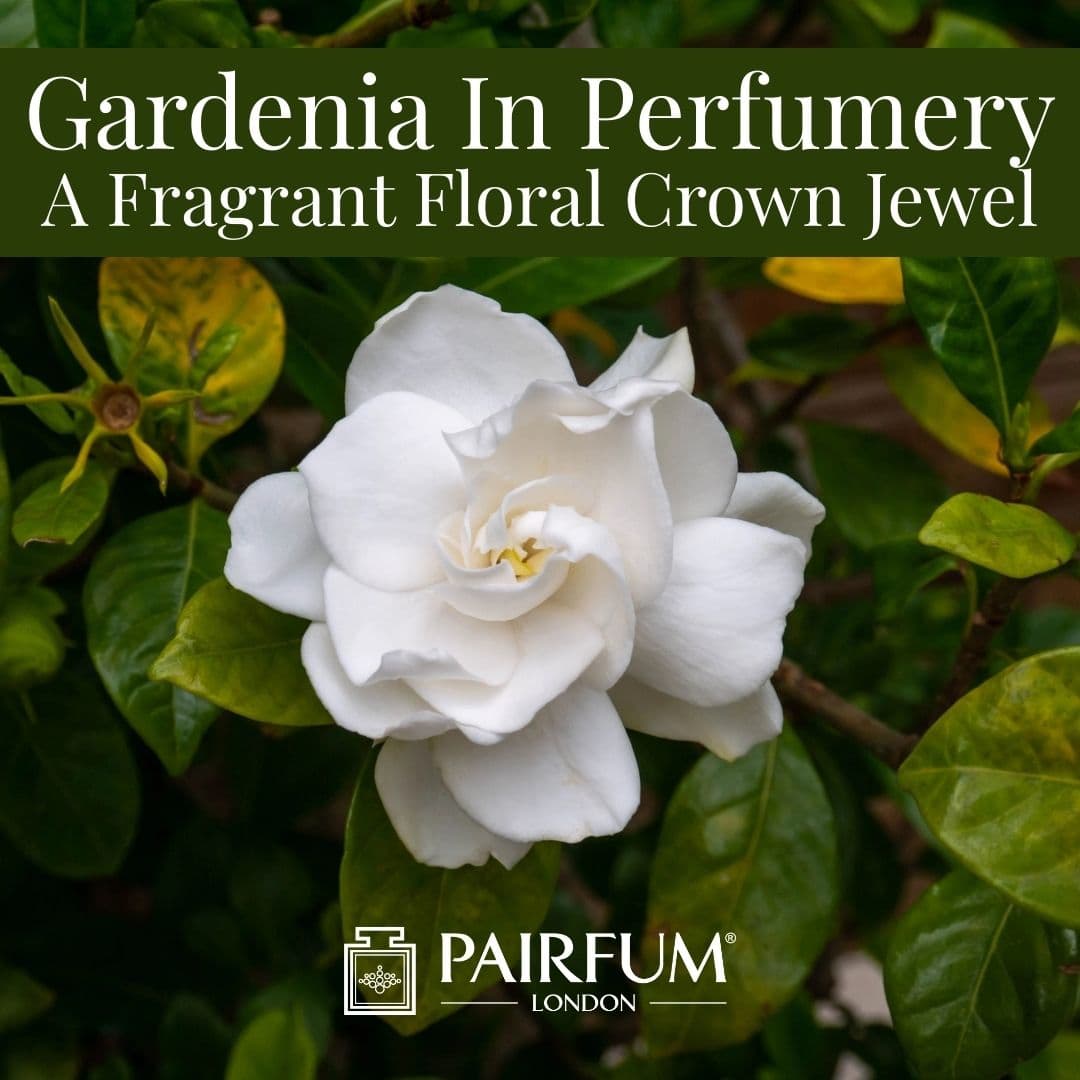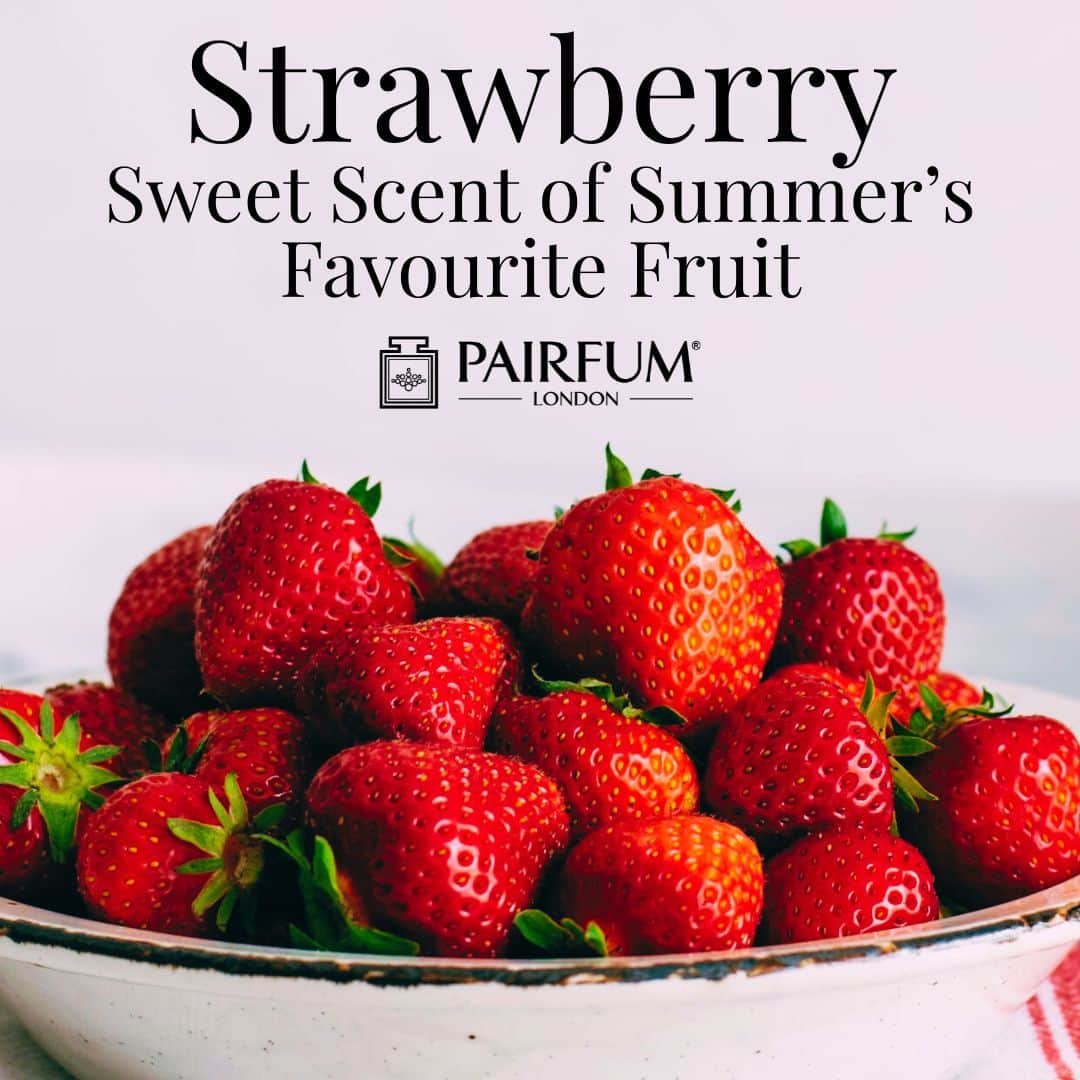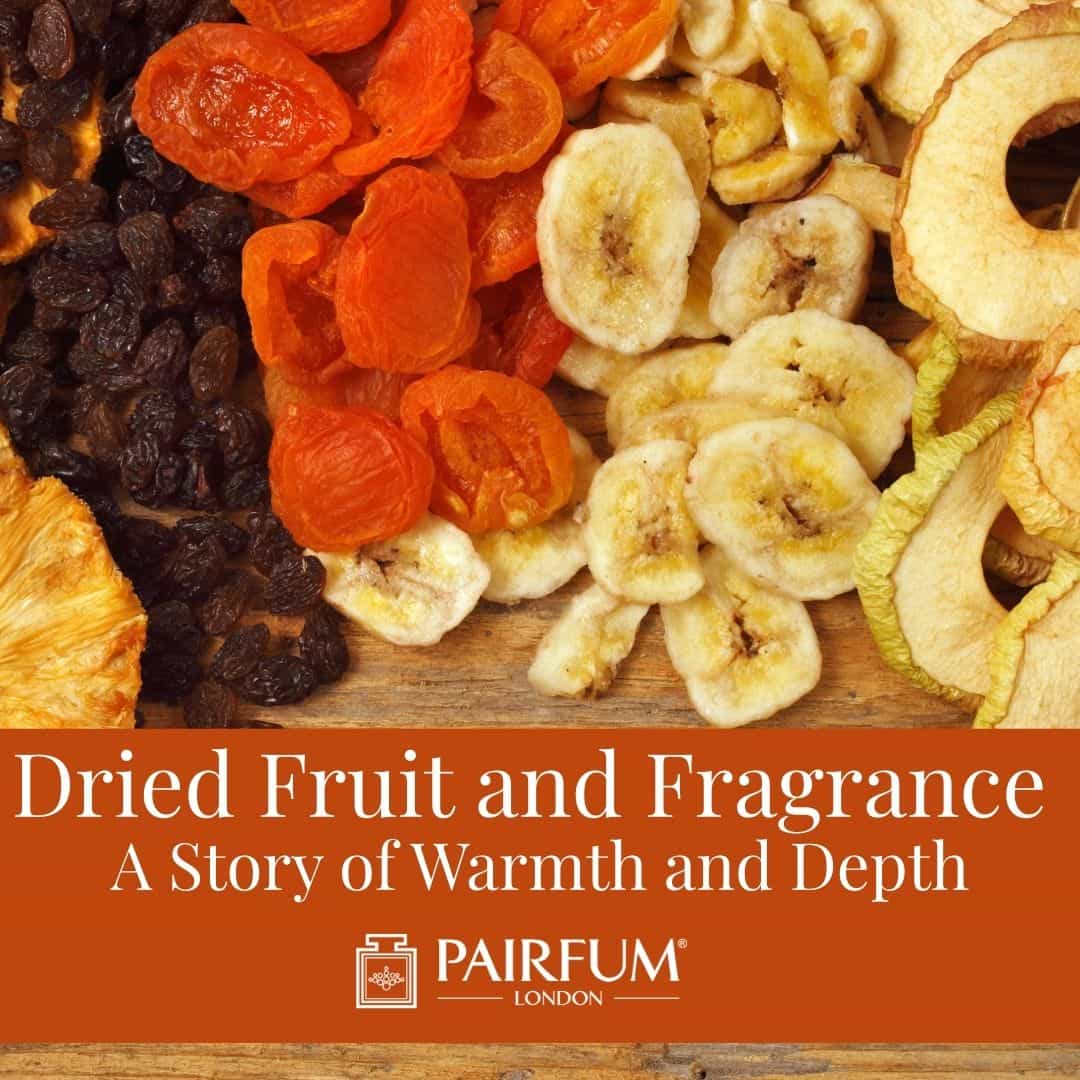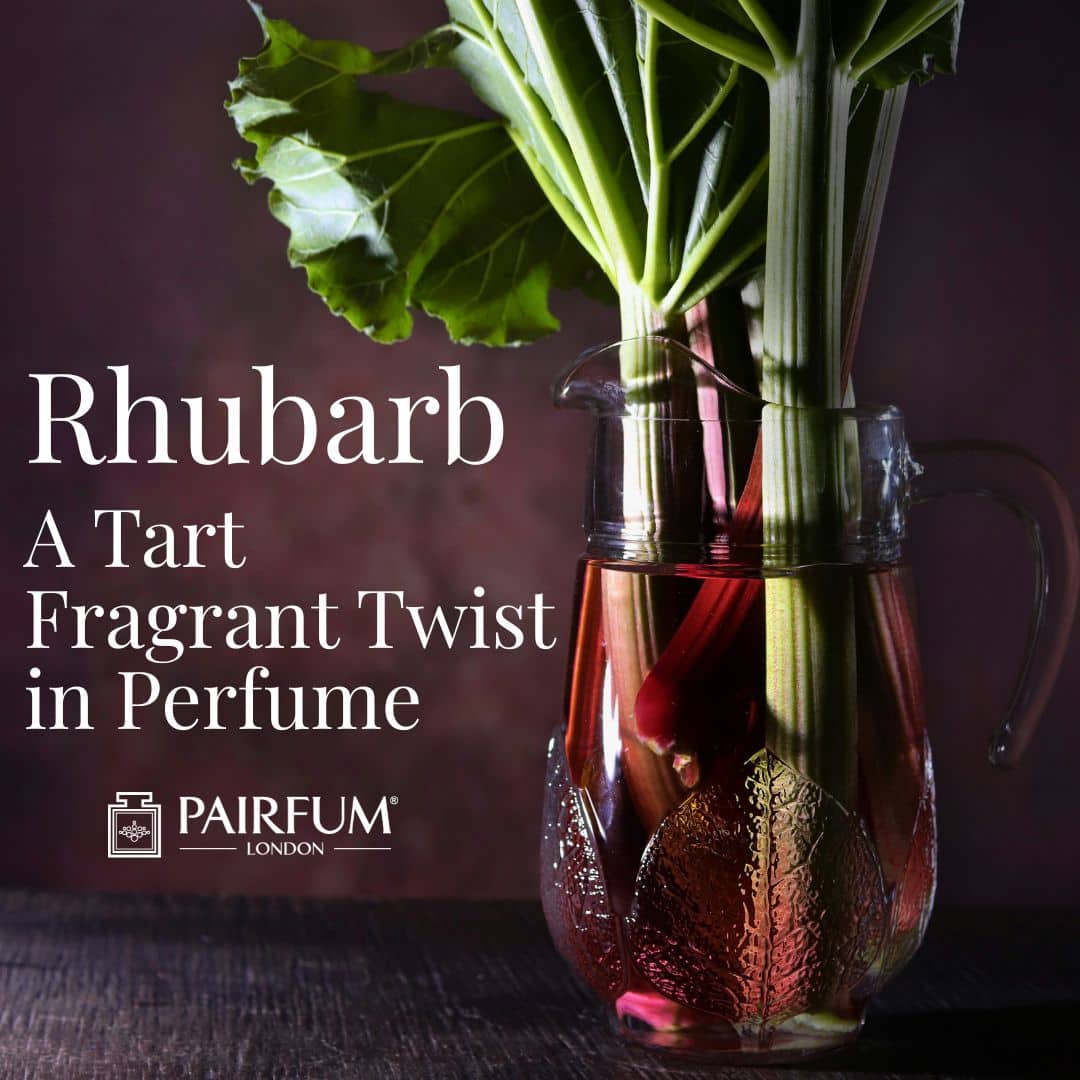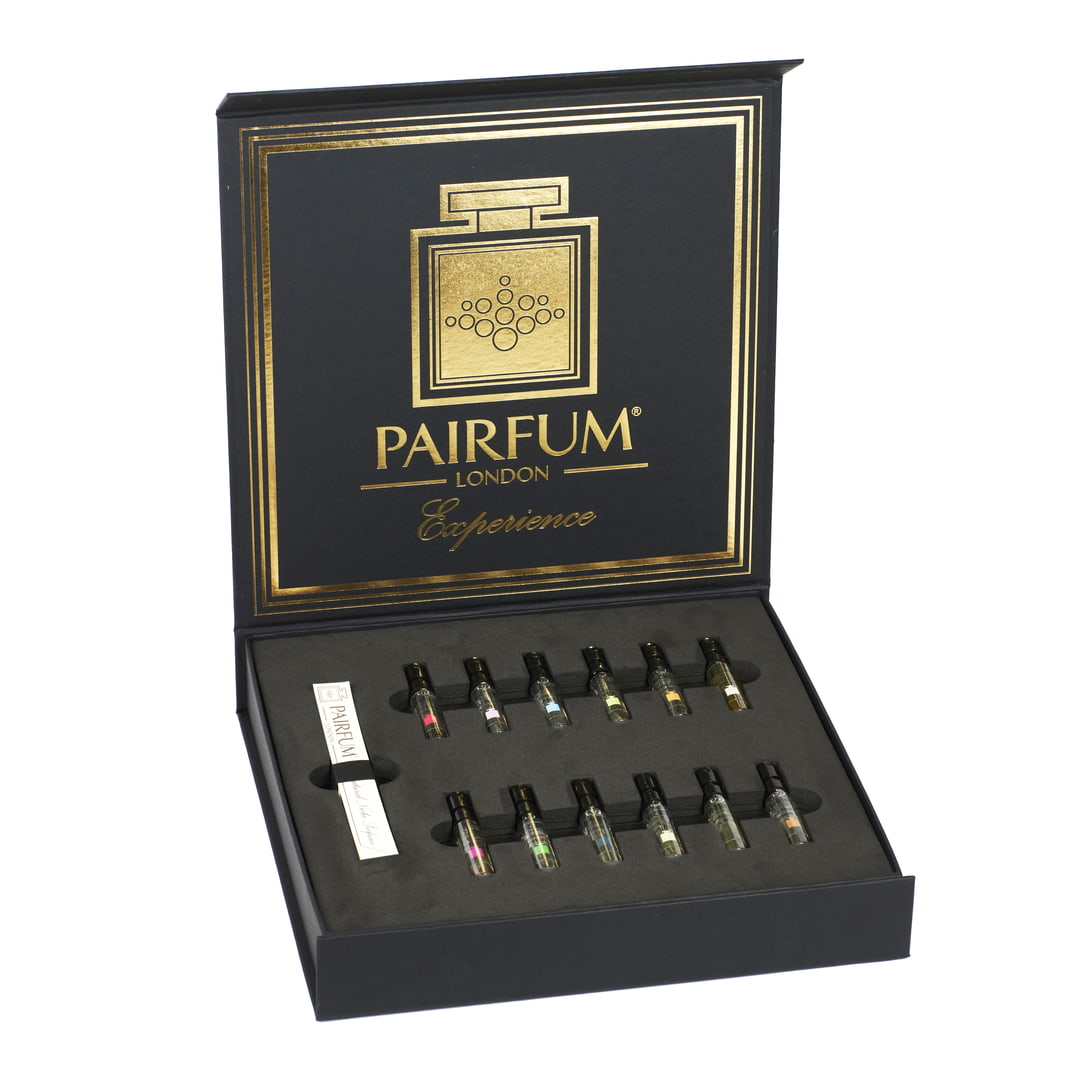An almond is the edible seed of the almond tree (Prunus dulcis), classified as a nut with an oval form and light brown outer covering. It is commonly enjoyed as a snack or incorporated into cooking and baking, valued as a nutrient-dense “superfood” high in protein, fiber, calcium, iron, and healthy omega-3 fatty acids. Almonds are available in many varieties, including raw, roasted, blanched, sliced, or ground, and are also processed into products such as almond flour and almond butter.
Now imagine yourself in a flourishing almond orchard in early spring. The almond tree is full of delicate blossoms, and the scent drifting from the petals feels both soft and slightly fruity. This natural aroma is the first hint of the almond fruit that will develop later in the season and eventually be harvested for food, oil, and fragrance. For centuries, almonds have travelled with us across cultures and continents, appearing not only in kitchens but also in beauty rituals, medicine, and perfume.
Today the almond remains a symbol of nourishment, longevity, and elegance. From almond milk to almond oil, from almonds in desserts to bitter almond in perfumes, this nut has earned its place as both practical and poetic.
The Allure of Almond in Perfumery
There is something immediately recognisable about the scent of almond. It is not simply sweet but layered, with tones that feel creamy, nutty, and faintly woody. When almonds are used in perfumery, the impression can go in several directions. Sweet almond is smooth and comforting, while bitter almond creates an intense, marzipan-like power that lingers on the skin. Both interpretations stir feelings of indulgence and closeness.
These effects are also tied to human association. People familiar with almond milk in drinks, almond butter on toast, or the nostalgic taste of flaked almonds in cakes and desserts carry scent memories that make almond perfumes feel deeply personal. The nut never arrives alone: where there is almond, there are layers of warmth, comfort, and refinement.
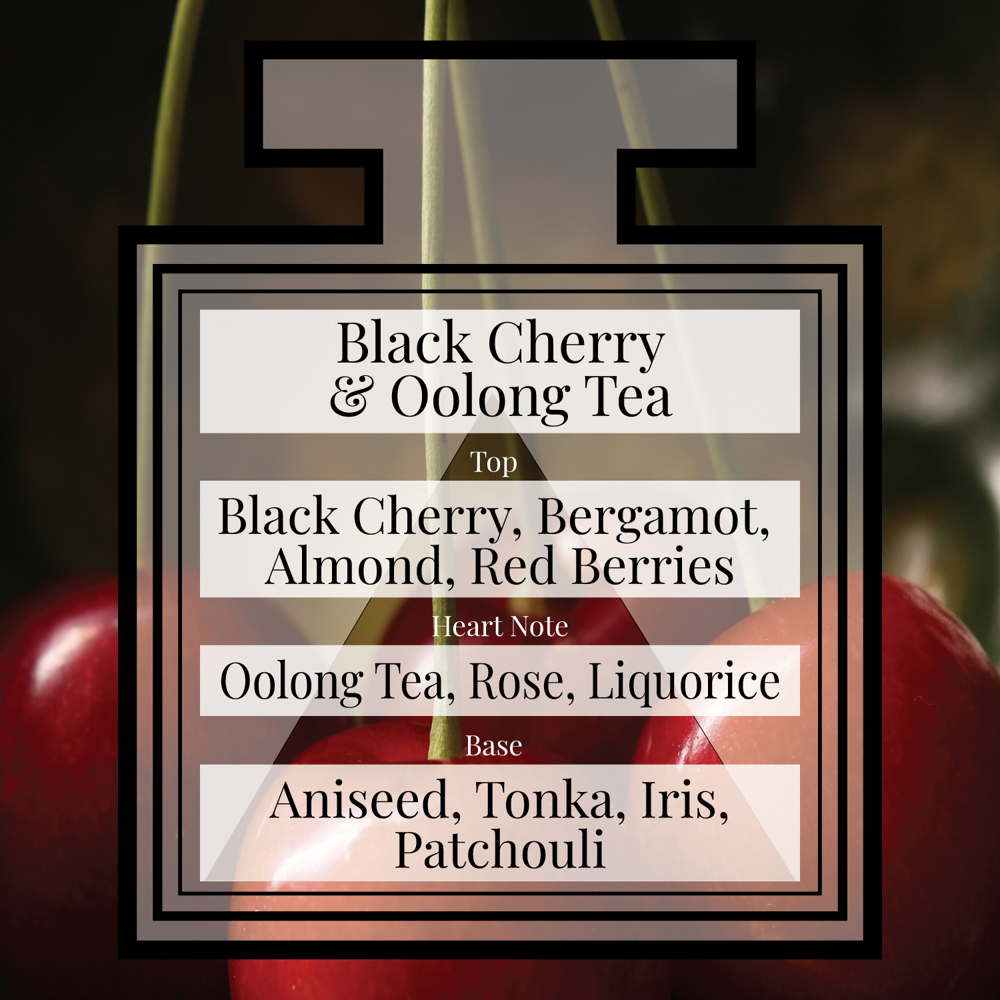
A Botanical and Historical Perspective
The almond belongs to the species Prunus dulcis and falls into the same botanical family as cherries and apricots. Although we eat the almond nut, what we commonly refer to as “almonds” is actually the seed of the almond fruit. The trees are cultivated most famously in the Central Valley of California, where almond farmers have shaped the landscape into one of the world’s leading centres of almond production. The almond board oversees standards, research, and sustainability practices within the industry, recognising the importance of bees for pollination and the long-term resilience of the tree nut sector.
Historically, almonds were among the first domesticated trees, with archaeological findings suggesting use in food, oil preparation, and even sacred offerings. Tutankhamun’s tomb contained almonds, a testament to their value in ancient Egypt. Romans used Jordan almonds during weddings to symbolise wishes of fertility and prosperity. Across the Mediterranean, almonds often featured alongside other mixed nuts such as pine nut, cashew nut, and brazil nuts in both festive and everyday meals.
The symbolism attached to almonds made them ideal for fragrance traditions. In the Middle East, almond extract and almond oil were part of perfumed oils that blended rose petals and saffron. Later, in Renaissance Europe, almond-scented gloves and powders were a mark of elegance.
The Nutritional and Emotional Side of Almonds
Almond consumption is as culturally widespread as it is nutritionally rich. Almonds are a source of protein, fibre, magnesium, and vitamin E. Nutritional experts note that eating raw almonds or blanched almond can support cardiovascular health due to their content of healthy monounsaturated fat, while also providing antioxidants that defend against oxidative stress. Research suggests almonds may help regulate blood sugar, improve eye health, and support healthy eating.
In fact, almonds contain healthy fat and monounsaturated fats that are often recommended as an alternative to spreads high in saturated fat. Compared with peanut butter or other nut butter options, almond butter offers a creamy but slightly more delicate flavour. When ground almonds or almond meal are used in baking, they replace traditional flour with a gluten-free almond flour alternative, widely loved in pâtisseries. Almond milk too has become an increasingly popular beverage, replacing dairy in many diets. Its creaminess, slightly nutty flavour, and versatility in drinks and recipes account for its rise.
Further scientific studies highlight that almonds not only support magnesium intake — improving blood sugar stability — but also supply vitamin E, which nourishes hair and skin. This explains why almond oil has been widely adopted in skincare, reinforcing the ancient tradition of almonds in both health and beauty.
Beyond nutrition, almonds resonate emotionally. Almond butter spread on warm bread, sliced almonds sprinkled over salads, or ground almonds stirred into cake batter all stimulate a sense of home and celebration. Perfumers draw on this edible nostalgia when reworking almond into scent — almond perfumes are often described as indulgent because they trigger the mind’s connection to almond consumption.
Almonds in Modern Fragrances
Modern perfumers take inspiration from the versatility of almonds. Almond perfumes often fall into several families:
- Floral combinations: Almond with jasmine, tuberose, or rose creates tenderness in compositions.
- Woody depth: Almond layered with sandalwood or cedar has a grounding, sophisticated presence.
- Gourmand associations: Almond with sugar, maple syrup, butter, or chocolate feels edible and indulgent without losing refinement.
- Spiced accords: Bitter almond paired with cinnamon or cardamom offers exotic richness.
The adaptability of almond means that perfumes do not have to commit to one single mood. Whether sweet almond or bitter almond, almonds fit chameleon-like into the context given by the other materials.
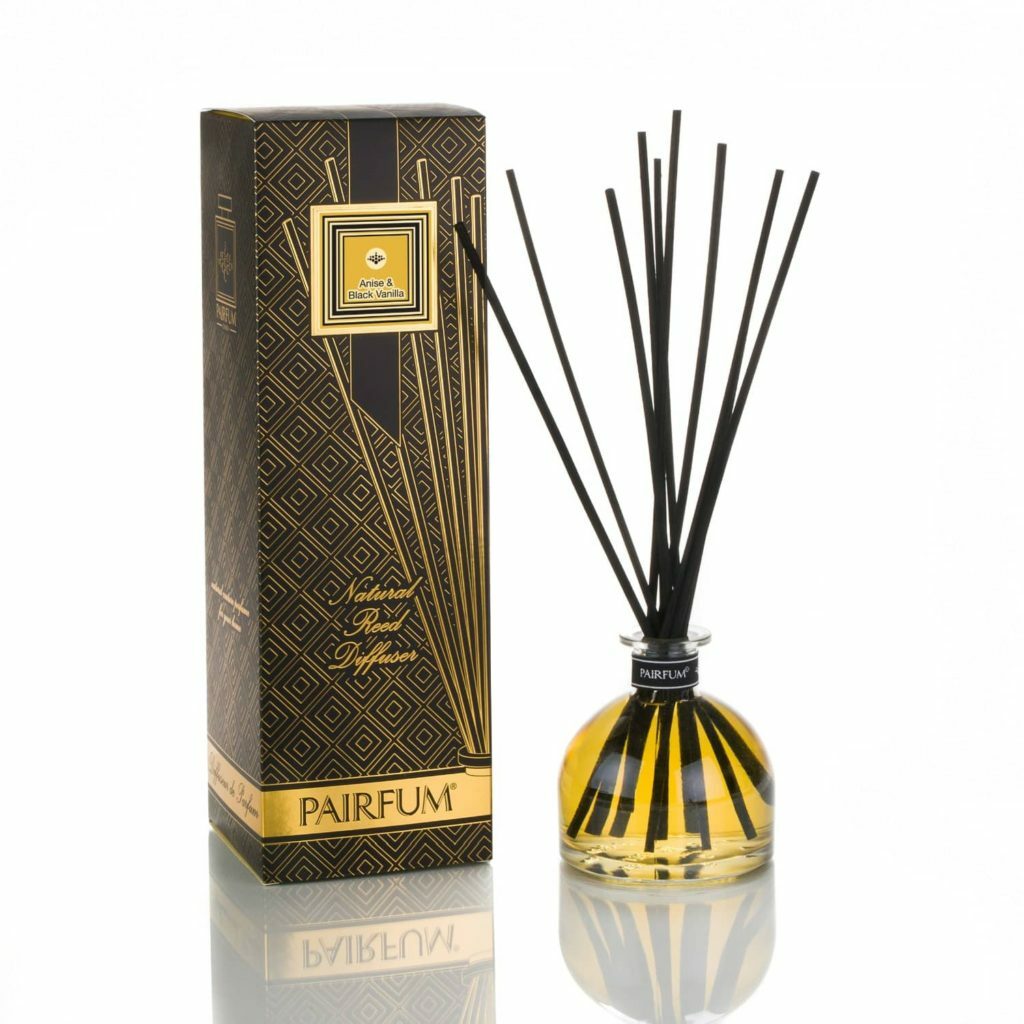
Extraction and Preparation
Perfumers and artisans have multiple approaches to capturing almond’s scent:
- Pressed almond oil: Obtained by pressing almonds, it is nourishing for the skin and offers gentle fragrance. This practice aligns closely with how almond oil has traditionally been used in cosmetics.
- Aroma molecules: Compounds such as benzaldehyde are used to capture the intense marzipan effect of bitter almond. This technique allows perfumers to work with a stable and reliable material, ideal for modern perfumery where precision is needed.
In food too, preparations vary. A food processor may turn raw almonds into almond butter, almond meal, or even homemade almond milk. Blanched almond can be used in almond flour, while sliced almonds and flaked almonds are common garnishes.
Almonds in Ritual and Symbolism
Almond trees flower early in spring, making them a long-standing symbol of renewal. The almond fruit itself has carried cultural weight through centuries, linked with abundance, resilience, and long life. In Mediterranean wedding traditions, Jordan almonds still represent wishes for health and happiness.
Religious texts have referenced the almond tree as representing watchfulness and promise, emphasising its role as not only a food or nut, but as a spiritual motif.
Health and Scientific Insights
Nutritional research continues to highlight almonds as a healthy snack, often recommended as part of healthy eating. Studies suggest that almond consumption supports magnesium balance, stabilises blood sugar, and provides protection through high vitamin E content. That is why dieticians frequently suggest mixed nuts incorporating almonds, pine nut, cashew nut, and brazil nuts in moderation.
Almond research also explores links to hives for those allergic to tree nuts. While almonds can be beneficial for most, almond extract and other derivatives may cause reactions for sensitive individuals. This is why almonds are often clearly labelled in packaged products.
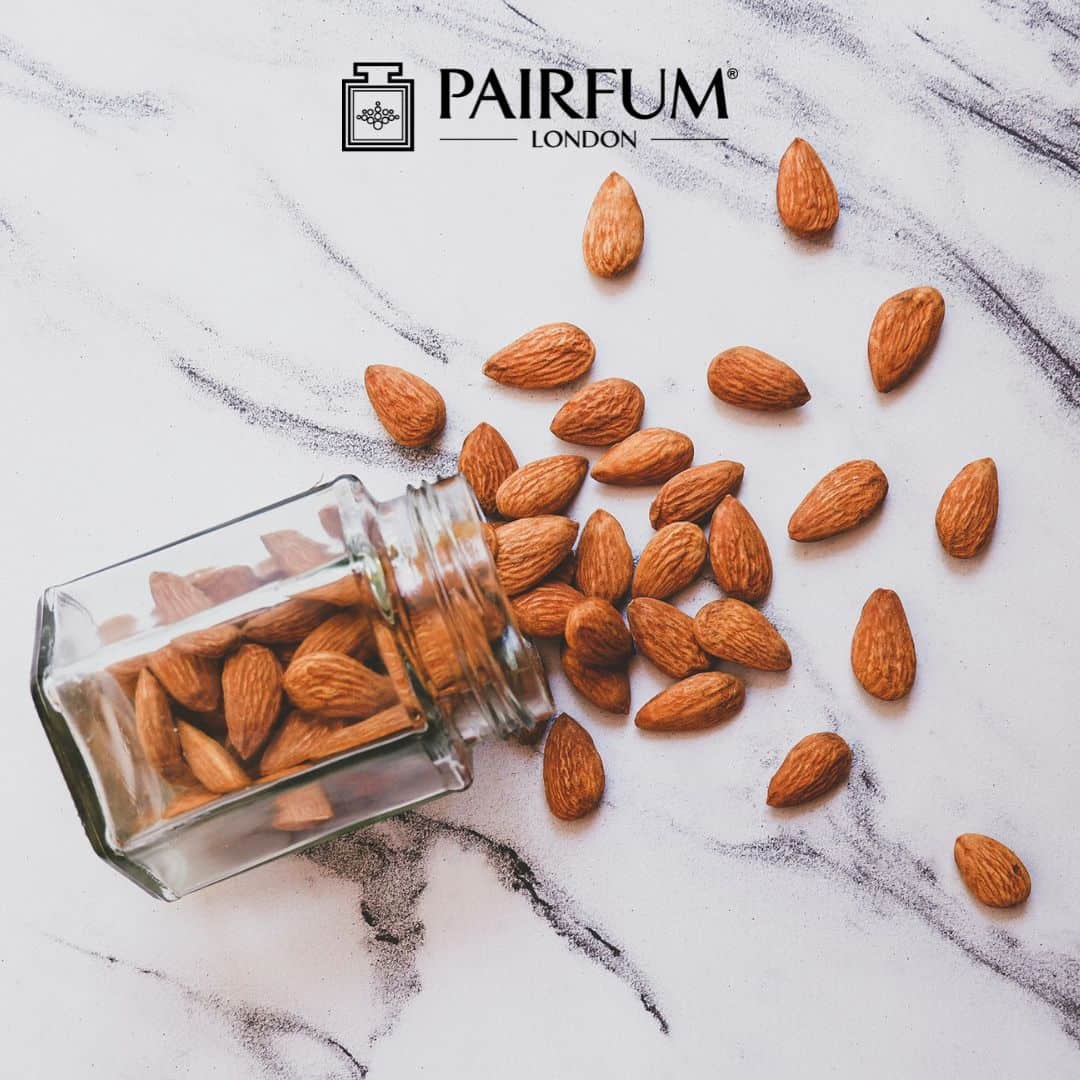
Almond in Cosmetics and Skincare
Sweet almond and bitter almond both appear in cosmetics. Sweet almond oil is a well-known emollient in skincare, softening and protecting skin with its healthy monounsaturated fat and vitamin E levels. Bitter almond extract, meanwhile, provides fragrance in creams without the same nutritive functions.
Almond oils have been used for centuries for both practical and luxurious purposes. Their antioxidant qualities, due to vitamin E, make them particularly valued for moisturising dry skin.
Iconic Creations Around Almond
The role of almond in scent is diverse. Just as almond flour serves a purpose in baking and ground almonds enrich cakes, almond perfume notes enrich and round compositions:
- Bitter almond as the star: Typically placed with vanilla or spice, bitter almond provides sensual impact.
- Sweet almond as comfort: Used to anchor florals, it creates softness.
- Gourmand almond combinations: Almond with butter, sugar, or maple syrup becomes indulgent but sophisticated.
These examples illustrate not only versatility but also the symbolic layering of almond as food, fragrance, and culture.
Choosing an Almond Perfume
When choosing an almond perfume, it may help to consider parallels with food preparation:
- Those who enjoy almond milk or desserts with almond flavour may appreciate lighter, floral compositions.
- Lovers of almond butter or nut butter may gravitate towards richer gourmand interpretations.
- Those who like raw almonds for a healthy snack may prefer refined fruity almond perfumes that feel fresh and natural.
- Fans of indulgent desserts with butter, sugar, and ground almonds may find almond gourmand blends particularly irresistible.
Environmental factors also affect choice. Some wearers find sweet almond perfumes more uplifting in warm weather, while bitter almond with amber or spice feels fitting on cooler evenings.

Almond Home & Personal Fragrance with Pairfum London
Anise & Black Vanilla – Bell Shaped Reed Diffuser by Pairfum London
This beautifully soft ‘Noir’ fragrance opens with top notes of Anise and Liquorice to add mystique to a heart built around the Vanilla and Almond nuances of Heliotrope and Powdery Violet. Sandalwood and Amber add warmth to the fond.
Black Cherry & Oolong Tea – Eau de Parfum by Pairfum London
This fragrance opens with the sparkling interplay of the aromas of Black Cherry, Bergamot, Red Berries and Nutty Almond. The heart is a most elegant fusion of Oolong Tea, Bulgarian & Turkish Roses and Liquorice. The sensuous base rests on Aniseed, Tonka, Iris and Patchouli.
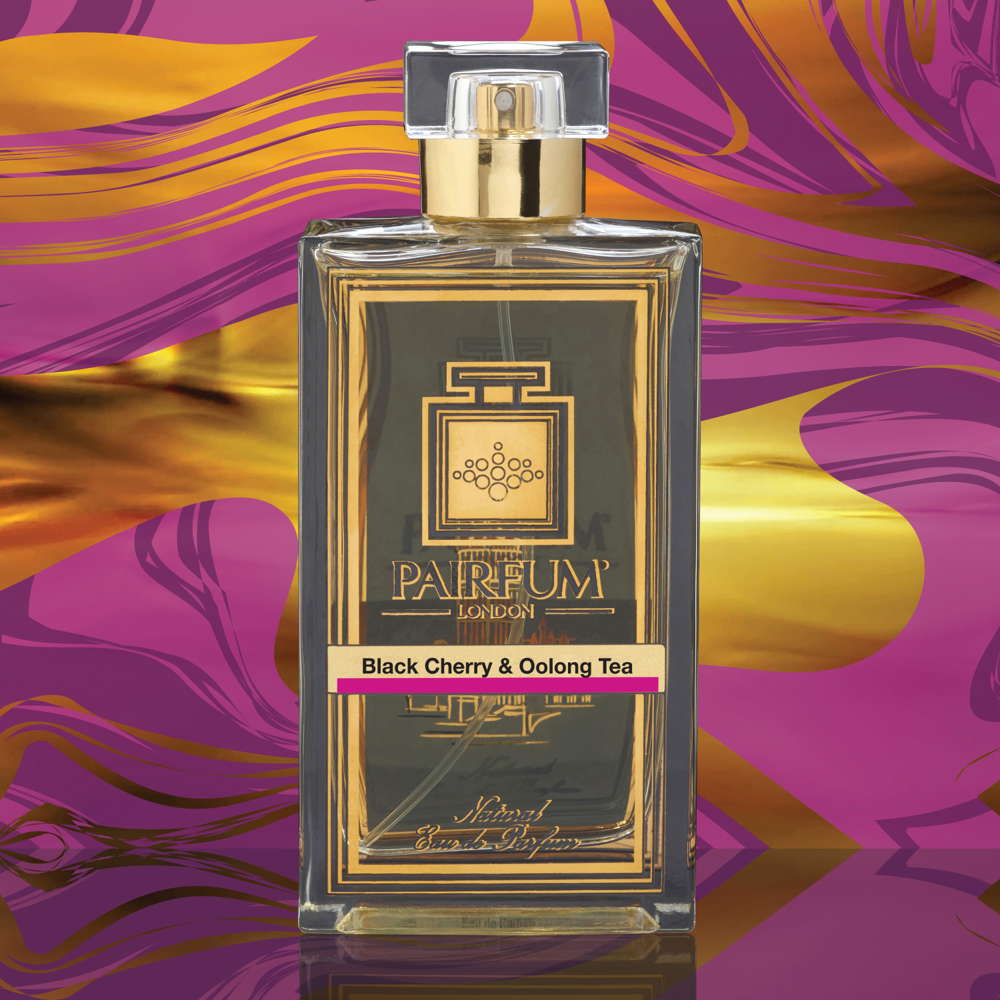
Almond: A Nut with Endless Presence
The almond nut is one of the world’s most versatile ingredients. Its use stretches across nutrition, medicine, perfumery, cosmetics, symbolism, and rituals. Prunus dulcis continues to feed both the body and the imagination. As the almond farmer works within the Central Valley to sustain orchards, bees perform the vital task of pollination that ensures harvests of almonds for food and fragrance.
Whether you hold raw almonds in your hand, add sliced almonds to a dish, drink almond milk, create almond butter in a food processor, or explore almond scents in fine fragrances, almonds connect us to history, health, and sensory pleasure. Almonds reflect the spirit of both tradition and innovation.
To learn more, consider how almonds link food and fragrance, nutrition and beauty, health and culture, unfolding a story as rich as the tree itself.
